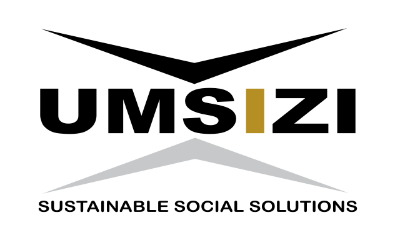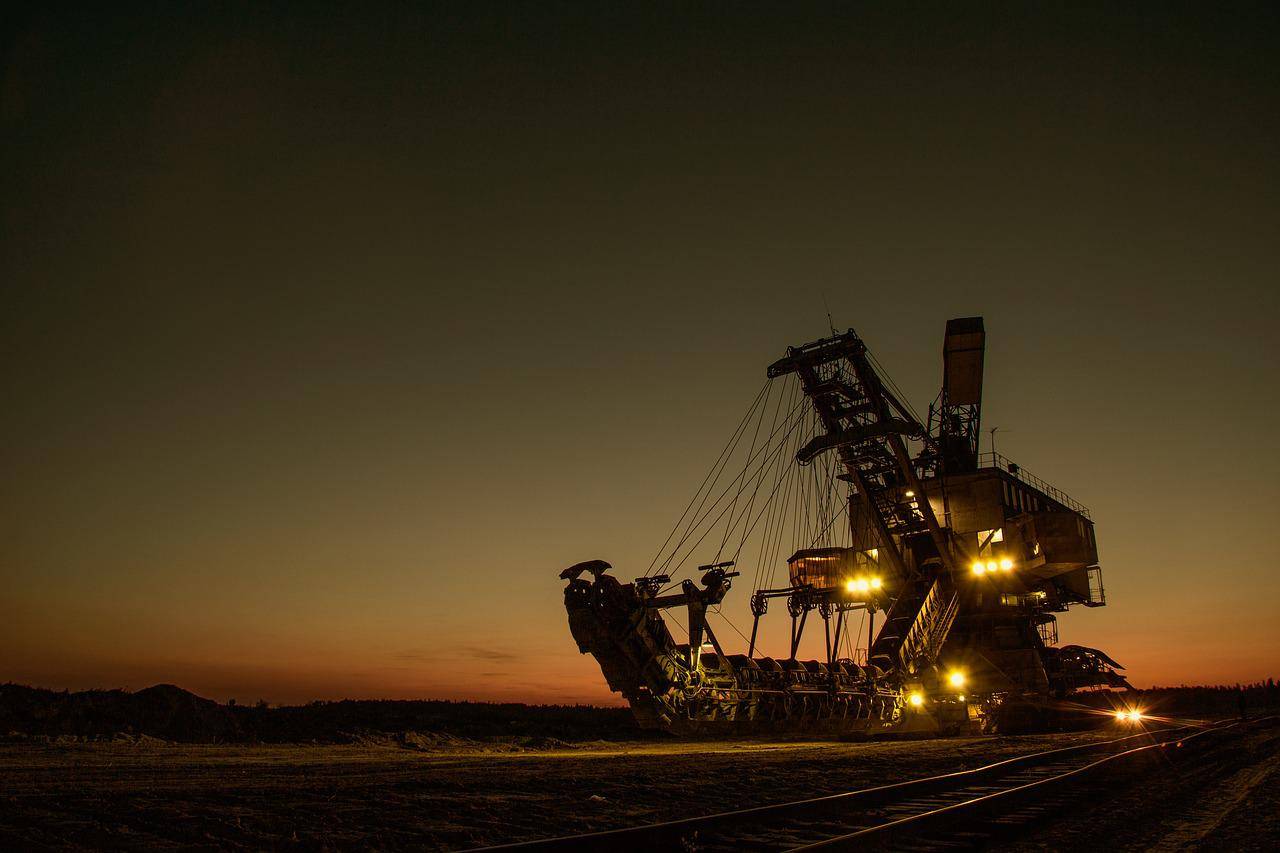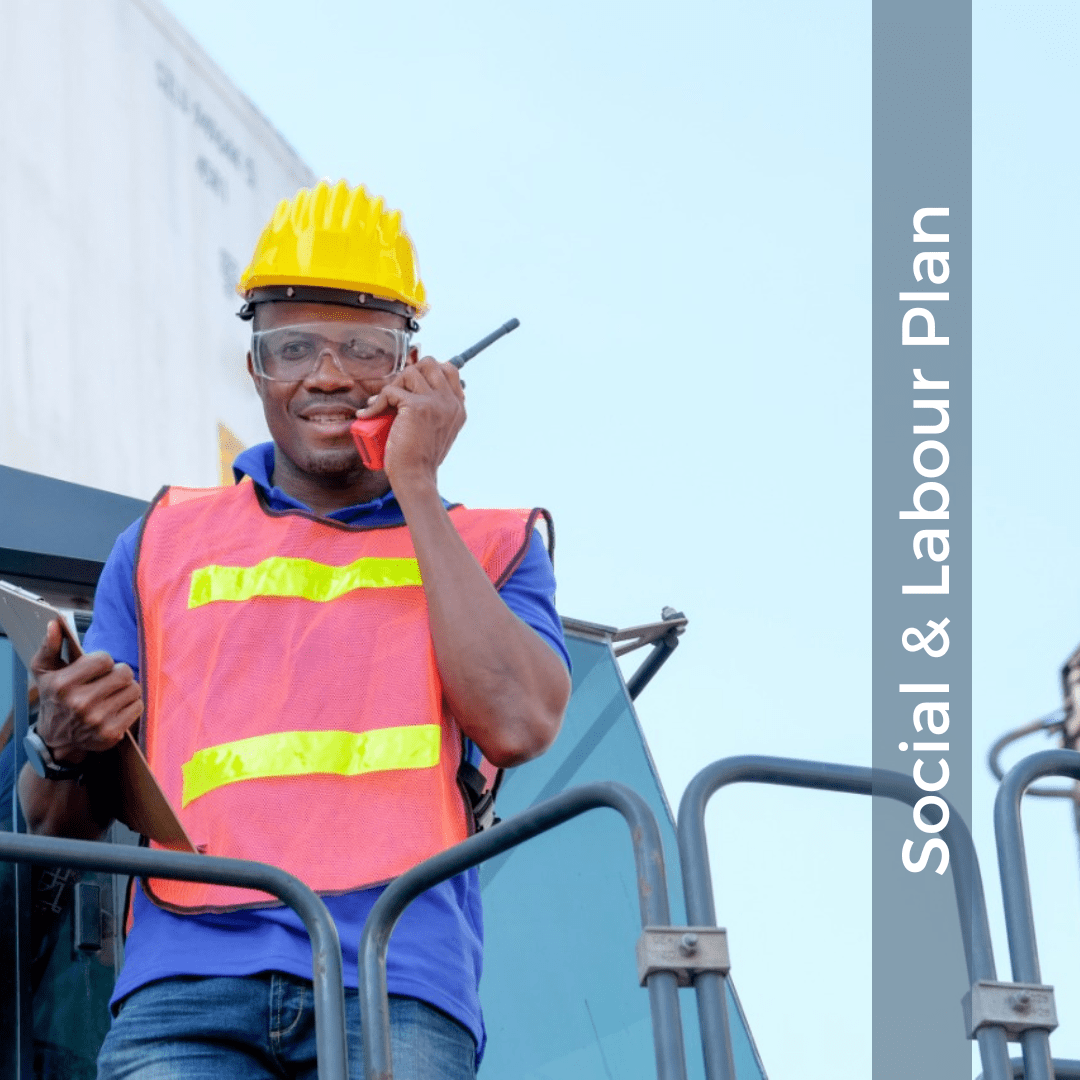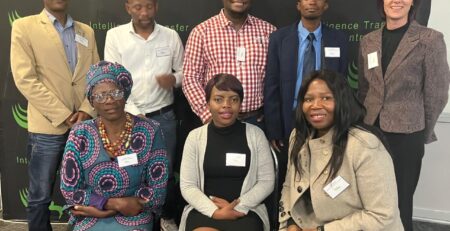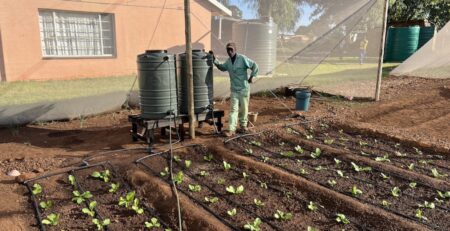SLP compliance: Broad-Based Stakeholder Engagements for the Mining Industry
Broad-Based Stakeholder Engagements for the Mining Industry: Designing Local Economic Development Programmes in Compliance with Social and Labour Plan (SLP), the Mining Charter III (2018) and the Minerals and Petroleum Resource Development Act (MPRDA) of 2002
The third Broad-Based Socio-Economic Empowerment Charter for the Mining Industry (commonly referred to as Mining Charter III), promulgated in 2018, introduced for the first time a broad-based stakeholder consultation process into the design of Social and Labour Plans (SLP). This change ushered in a new era for stakeholder management in the mining industry, both in terms of community expectations of engagement and communication, and the level of engagement required for legal compliance.
SLP Compliance requirements for broad-based stakeholder engagements
A mining right applicant must submit an SLP in order for their right application to be approved. Likewise, an approved mining right holder must submit a revised SLP every five years. Both these processes require stakeholder consultations as one of the required inputs into the design of the SLP. During a mining right application and environmental licensing process, the mining right applicant must follow the public participation processes prescribed by the National Environmental Management Act (1998). Likewise, an approved mining right holder must design a new 5-year SLP in broad consultation with stakeholders, as prescribed by Mining Charter III. It is this second process that we focus on in this article.
In order to unpack broad-based stakeholder engagements, one must begin with briefly understanding the components and processes of the SLP where these engagements are required. According to Regulation 46 (c) of the MPRDA, an SLP must contain a Local Economic Development (LED) programme. The mining charter explains LED in the following way: “Mine communities form an integral part of mining development, which requires a balance between mining and mine community’s socio-economic development needs. Mining right holders must meaningfully contribute towards Mine Community Development; with a bias towards mine communities both in terms of impact and size, and keeping with the principles of the social licence to operate.” The MPRDA also requires “Meaningful Consultations” defined as “the applicant, has in good faith facilitated participation in such a manner that reasonable opportunity was given to provide comment, availing all relevant information pertaining to the activities, enabling informed decision making”.
It is within the Mining Charter guidelines related to designing an LED programme that the principle of broad-based stakeholder consultation emerges. Mining Charter III requires the following: “Therefore, a mining right holder must, in consultation with relevant municipalities, mine communities, traditional authorities and affected stakeholders, identify developmental priorities of mine communities. The identified developmental priorities must be contained in the prescribed and approved SLP of a mining right holder.”
Who constitutes as broad-based stakeholders?
Both the Mining Charter and MPRDA provide some guidance in terms of defining stakeholder groups to be engaged during this process. However, determining who to include in consultations for designing a new SLP is more art than science and is heavily dependent on the geographical and historical context of every mining right holder.
As mentioned above, the Mining Charter specifies the following stakeholder groups: “relevant municipalities, mine communities, traditional authorities and affected stakeholders”. The amended MPRDA Regulations (2020) provide some further clarity in this regard. The MPRDA regulations define a mine community as “communities where mining takes place, major labour sending areas, adjacent communities within a local municipality, metropolitan municipality or district municipality”. Furthermore, Interested and Affected Persons (I&APs) are defined as “a natural or juristic person or an association of persons with a direct interest in the proposed or existing prospecting or mining operation.” I&APs include mine communities (in terms of the definition above), landowners, traditional councils, people with varying types of land tenure, a number of government departments, those whose socioeconomic conditions may be affected by the mine, the local municipality, and civil society, according to the MPRDA Regulations.
It is clear that, even when extensively consulting the various legislation and guidelines, the definition of broad-based stakeholders is often not concrete. In Umsizi’s experience, and part of our tried-and-tested broad-based engagement methodology, the types of stakeholders encountered can be loosely categorised into three groups. The first group are the legal representatives of mine communities, these include local and district municipalities. The second group contains formalised structures that operate within mine communities and represent certain constituencies. Examples here are Community Engagement Forums, Traditional Authorities, Local Economic Development Forums, Ward Councillors, Communal Property Associations, etc. The third and final group, one may call at the grassroots, are community members themselves. Here one often finds Community Based Organisations, Non-Profit Organisations, Business Forums, Youth and Women’s groups, and of course community members themselves.
Umsizi believes that special attention also needs to be paid to the vulnerable, historically disadvantaged, and those who may be typically excluded from such consultation processes. These include women, young people, people living with disabilities, the elderly, and those with low levels of education or who are illiterate. When these groups are not intentionally considered, the voices and inputs of vulnerable groups are often ‘drowned out’ by those who hold more power within community structures, thereby reinforcing exclusion. Best-practice approaches to engagement make special provisions to enhance the accessibility, and amplify the voices, of vulnerable groups.
Strategies for broad-based engagements
Defining which persons or structures fit into the category of broad-based stakeholders is often an overwhelming process. In order to consult in an efficient, cost-effective, and meaningful manner, a carefully crafted strategy is required. Umsizi, through its many years of experience in the social solutions space, has expert consultants who have designed unique, effective, and impactful stakeholder engagement strategies for a number of clients. This has assisted in identifying a few broad principles which apply to almost every scenario.
Firstly, it is necessary to define the mining operation’s area of impact. There are a number of potential methodologies for this, however, the desired outcome is to target all those who are directly or indirectly impacted by the operation, or who have a direct interest in the operation as defined by the MPRDA. Methodologies include targeting an entire local municipality; organising communities into logical geographical clusters; or one of various other approaches aligned to the context of the Mine. It is also important to identify the doorstep communities of any mining operation, as these groups experience the greatest negative effects of mining activity and therefore require a differentiated engagement strategy.
Secondly, once a geographical area of impact has been defined, it is necessary to logically cluster the stakeholders into groups which can be engaged in a phased approach. Stakeholders can be divided in any number of ways; in Umsizi’s experience, as mentioned before, a ‘Layered’ approach works well to proceed from the most formal to least formal community structures.
Lastly, once extensive planning has been undertaken, the engagement process can commence. Again, this is more so an art than a science. It is at this stage that one faces the greatest possibility of delays, as dates for engagements may be difficult to confirm, venues may be difficult to secure, plus a whole host of external factors which can hinder scheduled engagements from taking place. It is essential to build significant buffer time into any project involving broad-based engagements to account for a number of unforeseen delays.
What do broad-based engagements for SLP design need to achieve?
International guidelines for public participation require that citizens are duly aware of what exactly they are being engaged on. As such, it is vital to determine the ‘rules of the game’ when engaging with stakeholders, and fairly and transparently communicate this to them. When defining ‘Meaningful Consultations’, the amended MPRDA regulations provide the following, that “the applicant, has in good faith facilitated participation in such a manner that reasonable opportunity was given to provide comment by the landowner, lawful occupier or interested and affected party in respect of the land subject to the application about the impact that the prospecting or mining activities would have to his right of use of the land by availing all the information pertaining to the proposed activities enabling these parties to make an informed decision regarding the impact of the proposed activities.”
This definition, however, primarily applies to mining right applications and the processes for obtaining environmental permitting. When it comes to SLP development and design, the Mining Charter guidelines state that engagements are required to allow communities to determine their developmental priorities, following which mining right holders capture these within the LED programme of the SLP. Any organisation embarking on an engagement process must always keep this outcome in mind, so as best to facilitate and capture the outcomes of the engagements.
However, it is important to bear in mind that stakeholders often have an interest in, and seek to obtain information on, other parts of the SLP which may directly affect them. These may include Human Resources Development programmes which benefit communities, local recruitment, or Procurement and Enterprise Development opportunities for local businesses. In Umsizi’s experience, it is always best to be prepared to engage stakeholders on these issues, while remaining mindful of the ultimate purpose of stakeholder engagements when designing an SLP, which is to obtain inputs into the design of the LED programmes.
Common issues and challenges faced when engaging with stakeholders
As previously mentioned, every mining right holder faces a unique context. Likewise, this means that every engagement process will need to navigate different historical circumstances, existing stakeholder relationships (whether good or bad), legacy issues, and a variety of social risks. The emergence of issues and conflict during a stakeholder engagement process is normal, and any organisation undertaking one should be well prepared in this regard.
One of the most common challenges faced is regarding communication of the consultation process. In Umsizi’s experience, stakeholders often feel that insufficient notice was provided about the consultations, or that invitations were not distributed to a wide enough audience. Mining right holders must bear in mind that all I&APs should be given every reasonable opportunity to participate in the consultation process. This may involve advertising the meeting details through public platforms like newspapers, radios and noticeboards to reach as wide an audience as possible. It also requires thorough logistical planning to ensure that stakeholders are informed of the full details of any engagement process well before it commences.
Another very common challenge is the probability of legacy issues or other pressing concerns being raised during consultations and derailing the purpose of the engagement. Examples include community dissatisfaction with recruitment processes, a lack of local procurement opportunities, or environmental hazards such as dust. This is a widespread issue faced during many engagement processes and should be anticipated. The Mine should be prepared to openly and transparently engage with communities on such issues, as well as be prepared to make concrete follow-up commitments and feedback consultations to address any issues raised. It may, at times, take multiple attempts to successfully engage a stakeholder on the required issues surrounding LED only after other issues have been addressed.
At Umsizi, we have dealt with many situations where trust has broken down between mining right holders and their stakeholders. We regard ourselves as experts in designing fair and transparent processes which allow communities to freely express their concerns and frustrations, while achieving the objective of the consultations. Furthermore, we lay the foundation for our clients to begin with the process of rebuilding relationships with their stakeholders, to achieve transparency, full participation, and sustainable collaboration.
When it comes time to submit an SLP, mining right holders are required to prove that a fair consultation process was undertaken, and that I&AP’s have had reasonable opportunity to engage in the process. Umsizi believes in delivering beyond compliance through realising that within broad-based stakeholder engagements, there is an opportunity to transform relationships and deliver tangible benefit to mining communities.
Broad-based engagement is not just a once-off event
The amended MPRDA Regulations of 2020 set out the following requirements when reporting on SLP implementation progress: “The holder of a mining right must convene a minimum of three meetings per annum with mine communities and interested and affected persons to update these stakeholders about the progress made with the implementation of the approved Social and Labour Plan”. This new regulation means that stakeholder engagements are no longer just a requirement during SLP design, but form an integral part of the ongoing implementation, monitoring, and reporting of the SLP.
It is no longer sufficient for communities to be invited into the consultation process only at the design phase of the 5-year SLP cycle. Complying with this requirement requires a comprehensive and strategic stakeholder engagement approach. Mining right holders should see such engagements as a valuable opportunity to further build on the trust and transparency gained during the SLP design process and continue to repair relationships and address issues where needed. Of course, it is impossible to address every concern or issue raised by stakeholders, however, taking the time to genuinely hear and address their concerns is one of the most valuable investments a mining right holder can make into maintaining its social licence to operate and minimising social risk. Fostering ongoing, positive relationships with all stakeholders and I&APs greatly enhances operational sustainability at all levels of the business.
Key takeaway points
Mining Charter III and the amended MPRDA regulations have introduced the requirement for mining right holders to engage broadly with stakeholders when developing a new 5-year SLP. Whilst the intention of consultations is to obtain developmental priorities for inclusion in the LED programme, stakeholder engagements regularly extend to other issues such as HRD, local procurement and recruitment opportunities. With this in mind, and considering the requirement to hold a minimum of three consultations providing updates on SLP implementation per annum, all mining right holders need a robust, efficient, and effective stakeholder engagement strategy.
Feeling overwhelmed by the requirements of a broad-based stakeholder consultation process?
Searching through the plethora of acronyms, mining regulations, and mining compliance requirements can often feel overwhelming. This is exacerbated when faced with designing and planning an entire broad-based stakeholder engagement process for the first time. At Umsizi, we are industry leaders in various social compliance processes, including the design and execution of SLPs. Our expert consulting team can assist you with planning and implementing broad-based consultation processes, interpreting and applying minerals legislation in your context, designing effective and sustainable LED programmes, and with all other end-to-end SLP and Mining Charter compliance related consulting and advisory services.
Article by Christopher Franklin, consultant at Umsizi Sustainable Social Solutions
